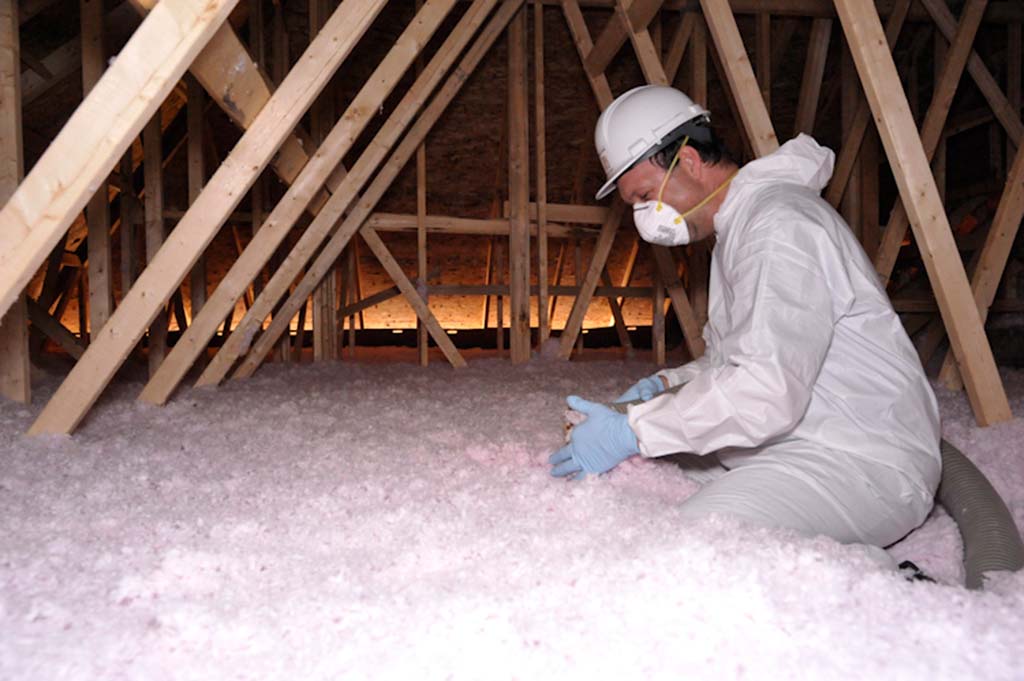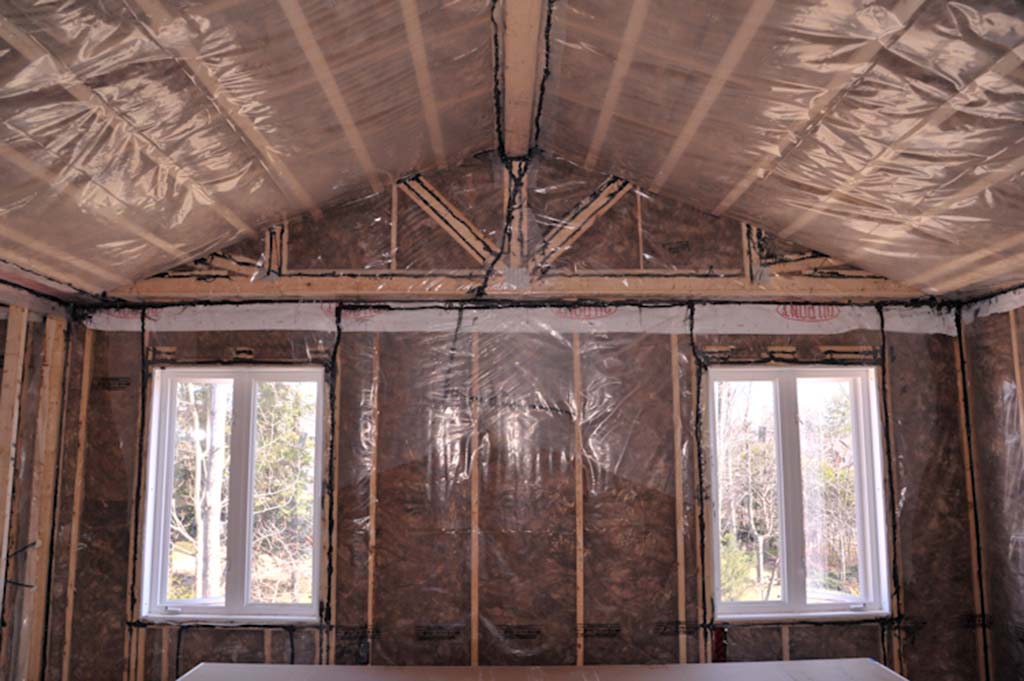
2 lb Closed Cell Sprayed Urethane Foam
Spray Foam (2 lb closed cell sprayed urethane foam) is a premium insulation product, providing a superior thermal barrier. As a spray in place insulation, Spray Foam seals all gaps and cavities in a way that other insulation cannot compare. 2 lb closed cell urethane spray foam has the highest R-value available to residential buildings and can be applied to nearly all areas on the build. It provides a vapour barrier to applied areas, radon protection from the earth below your home, and will save you substantially on energy consumption over the life of your home.
- Energy Savings: Decreases heating and air conditioning costs significantly.
- Complete Sealing: Ensures full home coverage, including attics, basements, walls, and floors.
- Mould Resistance: Guards against mould and decay, promoting a healthier indoor environment.
- Cost Effectiveness: Offers competitive pricing compared to other insulation types.
- Environmental and Health Safety: Non-toxic and environmentally friendly, safeguarding your family’s health.
- Allergen Protection: Provides a barrier against allergens and airborne contaminants.
Did you know that up to 50% of a home’s heated air can escape due to inadequate insulation? For a lasting solution, opt for spray foam insulation. Contact us today!

Attic Insulation
Attic insulation is the “hat” of your home. Heat is kept in during the winter, and out in the summer. But over the years, things change.
Building code has gone through quite a few developments, and homes as new as 10 years old have previous code levels, equalling half or less than current building code. Currently we are at, R-60 (21.5 inches blown for fibreglass and 16.1 inches blown for cellulose), with a valued near-0 emission. This means, properly insulated, you should lose almost 0 energy through your attic.
Pests are also a major factor in attic deterioration, as they nest and pack down, and relieve themselves. Tunnels allow “wind washing”, which means air is moving, pulling out thermal resistance of the insulation, rendering it almost useless.
When we inspect your attic, we look for things like mould spots from air seepage. We climb inside to find hidden spots, often skipped by others. We check the level, take pictures, and ensure you are fully informed as to what we find. With a zero pressure approach, we give you an honest walk through of all recommendations, allowing you to make the right decision. Whether it be a simple top up, or complete attic upgrade, we’ve got you covered.

Fiberglass Insulation
Fiberglass blankets (batts or rolls): Available in medium- and high-density varieties, fiberglass insulation has a slightly higher R-value than previous blankets. The better R-value means less air leakage, so your home or business stays warm during the winter and cool throughout the summer. A denser product like this is ideal for buildings with little space for insulating.
Fiberglass loose fill: Manufactured from molten glass, which is spun or blown into fibres, the content of this type of insulation typically includes 20 to 30 percent recycled glass. Loose-fill insulation is applied with a blower unit. Open-blow application is used in attics. Closed-cavity application is preferred for inside walls or covered attic floors.
